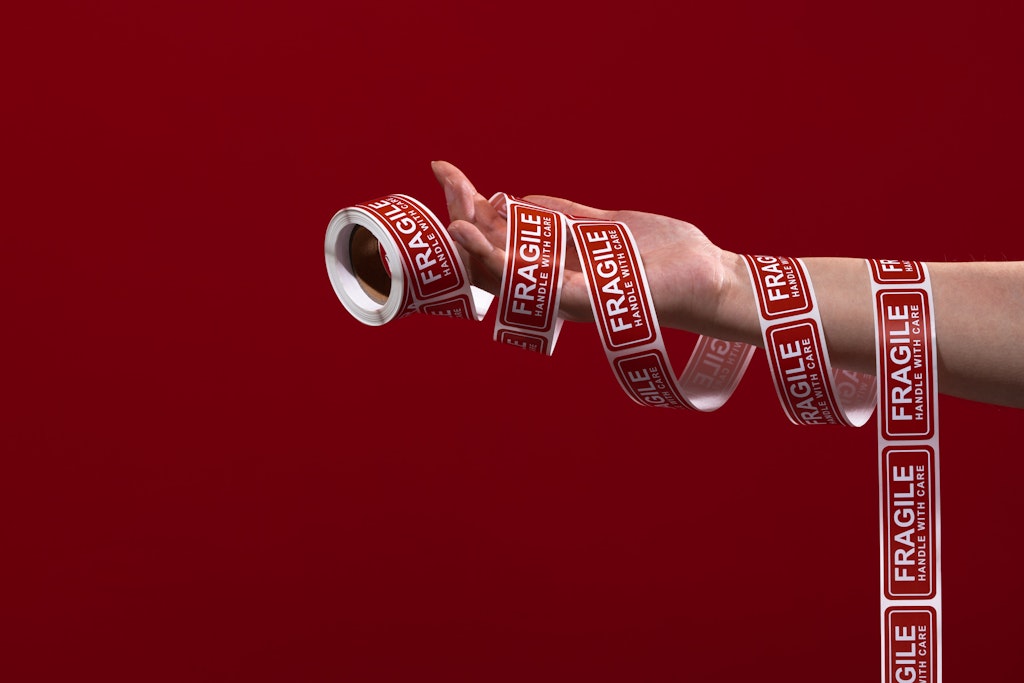Diva and the Dane
The Motive and the Cue at the National Theatre delves into the relationship of an acting power couple.
This article is taken from the June 2023 issue of The Critic. To get the full magazine why not subscribe? Right now we’re offering five issues for just £10.
Richard Burton and Elizabeth Taylor were the idol and diva couple whose reputation off-screen and off-stage has long eclipsed achievements on them. Their allure was partly due to their combination of raw talent and social mobility — Taylor was the offspring of socialite American parents, Burton the son of a Welsh miner and barmaid who scrapped his way to fame.
In The Motive and the Cue at the National Theatre, director Sam Mendes and writer Jack Thorne deliver a rehearsal-room tale which reminds us that Burton-Taylor were forerunners of the double acts of todays’ celebrity culture, living out their dramas in front of the cameras. No contemporary dramatic duo can wholly match their fame at its Sixties peak. Taylor caused Burton to grouse that an affair with her was hard work because she was so well-known that she “knocks Khrushchev off the front page”.
She was content to be a screen goddess with the odd foray into pseudo-history as Cleopatra. Burton however itched to shine as a Shakespearean actor — the heir to Laurence Oliver for a new generation of Sixties theatre-goers in revolt at their parents’ tastes.
The intended breakthrough was a Hamlet production on Broadway in 1964, with the other great titan of twentieth- century Shakespeare, John Gielgud, in the director’s chair. In The Motive and the Cue, Mark Gatiss’s Gielgud is so on point that it feels at first like an impersonation of the great actor’s delivery, but morphs into something more poignant.
Burton is anxious, gregarious and drink-prone (mercurial shifts captured brilliantly by Johnny Flynn). Yet, it is Gatiss’s strutting but melancholic late-life Gielgud who is the star — waving a cigarette like a magic wand, evoking the legacy of “Larry” when he wants to squash his bumptious protégé and slowly coming to accept that in a clash of modernity and tradition, the young have the advantage.
Flynn captures Burton’s rich delivery and his tendency to use it cruelly — as when he castigates a wayward Taylor for causing “tumescence” among the cast and prefers to keep her out of sight in the bedroom
The “play within a play” is, of course, at the heart of Hamlet itself, so Thorne’s treatment goes fully meta-experience. Burton’s Dane is riven not only by doubts and anger, but trapped by the ghost of a father whose instruction, “So art thou to avenge as you shalt hear,” is both a command and a curse which ties the living young man to the will of a corpse.
The rehearsal room scenes — in Es Devlin’s brightly-lit cinemascope set — are charged with layers of professional pride, raw emotion and crackles of combative wit. The two men reach an accommodation only after their swordplay of shouting matches and a turning-point when Burton arrives for work drunk.
In the end, the production, aside from its rave reviews (simply because Burton was in it) did not endure as one of the great screen Hamlets. “Between the two men, there is an artistic disagreement and an aesthetic split. It is a fundamental difference of both belief and technique,” as William Redfield, the actor who played Guildenstern, observed pointedly in his diaries.
Burton himself worried that the rest of the cast strained to understand his naturalistic delivery. Meanwhile Gielgud distrusted the star’s tendency to Pinteresque pauses and flourishes outside the rhythm of the verse. The twain never did really meet.
Flynn captures Burton’s rich delivery and his tendency to use it cruelly — as when he castigates a wayward Taylor for causing “tumescence” among the cast and prefers to keep her out of sight in the bedroom. Tuppence Middleton, constrained by 1960s corsetry, is fair casting for Taylor’s eye-batting allure and steeliness. But she doesn’t quite get to the strong will of the diva.
Her relationship with Burton, for all its fire, fury and f-words, pales beside the intensity of the stand-off between the two men. Plays “about” theatre risk a textbook air to the declarations: “Theatre is thinking,” intones Gielgud, though I suspect he would have applied a red pen to that didacticism.
Largely though, Jack Thorne’s script offers zippy delivery. A graduate of gritty telly-realism and Barnum theatre (it is quite something to have written television’s treatment of the underclass in Skins and Shameless, the playbook for the Harry Potter West End spin-off and the lovely Christmas Carol adaptation at the Old Vic), he is a multi-talented workhorse. His next outing When Winston Went to War With the Wireless looks at Churchill’s impasse with the BBC in the General Strike of 1926.
Revisiting Valhalla suits his pithy style and in The Motive and the Cue the dust is wiped from the Burton-Taylor-Gielgud years, with a brisk and empathetic touch. The fragility of self-destructive talent lurks in our minds, and so does the tragicomedy of stardom.
Much later, after Burton’s death from cirrhosis, Taylor would become a cheerfully serial wife and lover — another play perhaps. Asked of her affair with a far younger hairdresser whether she worried about the age difference, she replied languidly, “If he dies, he dies.”
Sam Mendes’s production reminds us that the famous don’t really die in the same way as the rest of us. They are voices from beyond the grave: gone, unforgettable — siren songs.
Enjoying The Critic online? It's even better in print
Try five issues of Britain’s newest magazine for £10
Subscribe














